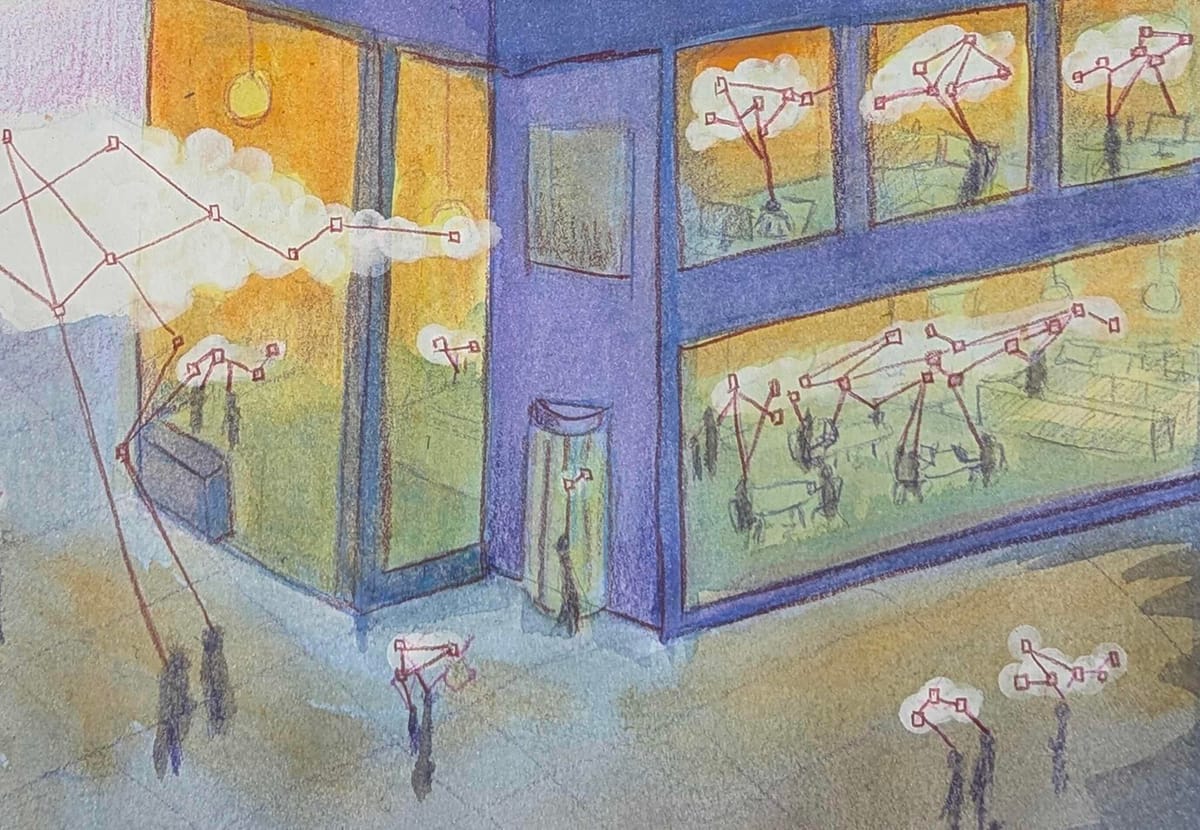"Tech is not always the problem": Adopting AI without burning out your business
"The fatigue we are seeing today is a symptom of the way change is being led, measured, and communicated."

The promise of AI is vast, yet in many organisations the reality has been far less inspiring. Instead of sparking energy and unlocking creativity, poorly designed initiatives are leaving teams fatigued, sceptical, and reluctant to engage with the very changes that are supposed to propel them forward.
It is not that people are opposed to progress; most recognise the potential, but when adoption is rushed, strategy is unclear, and support is limited, enthusiasm gives way to quiet resignation. Over time, this steady erosion of confidence becomes its own barrier to transformation.
This is not simply a matter of technology falling short. The fatigue we are seeing today is a symptom of the way change is being led, measured, and communicated.
In too many cases, AI is being introduced through the same top-down, milestone-driven playbooks that defined previous waves of transformation, without recognising that the dynamics of the AI era demand something entirely different: a product-led mindset, embedded capability, and a culture that can adapt as quickly as the technology itself.
The slow delivery of value
One of the most damaging aspects of transformation fatigue is the slow delivery of value. Teams are often asked for immediate buy-in, investing time and energy into ambitious AI programmes that can take months or years to deliver tangible benefits.
In the meantime, priorities shift, tools arrive without context, and familiar patterns emerge: a rebrand of what feels like the same change, delivered with a new vocabulary but the same lack of connection to day-to-day realities.
This gap between promised outcomes and lived experience does not just slow adoption, it erodes trust. Without trust, transformation becomes something people endure rather than champion, and leaders find themselves relying on compliance instead of commitment.
Why familiar change models are falling short
The AI wave has made one thing clear: the problem is not always the technology, but the way organisations attempt to adopt it. Legacy approaches, often rooted in centralised planning and rigid project structures, assume that change can be controlled from the top and rolled out in neat phases.
But AI is not a single solution to be deployed; it is a capability that must be learned, adapted, and applied in varied contexts across the business.
These traditional models are also slow, requiring layers of sign-off and distant decision-making that leave frontline teams disengaged. By the time solutions arrive, they are already mismatched to evolving needs, and the cycle of disillusionment begins again.
Moving from projects to products
Breaking free from this pattern requires a shift from project-led change to product-led thinking. In a product-centric model, teams are organised around value streams rather than functional silos, and success is measured in customer and business outcomes rather than delivery milestones. Work is iterative, feedback is continuous, and learning is built into the flow of delivery.
This is not just an operational adjustment, it is a cultural one. Leaders play a different role, creating the environment for teams to experiment, adapt, and own decisions, rather than dictating solutions from above.
Decision-making moves closer to the customer, where insight is freshest and context is clearest, allowing AI to be integrated in ways that make sense for the people using it every day.
How product thinking maintains momentum
Product thinking is particularly suited to the demands of the AI era because it builds resilience into how work is done. Continuous value delivery keeps engagement high, as teams see visible progress rather than waiting years for results.
Embedding learning into live work means that capability compounds over time, turning AI from a mysterious new system into a familiar tool that supports better judgment and decision-making.
Equally important, product thinking decentralises problem-solving, allowing teams to shape AI applications to their own context. This adaptability not only speeds adoption but ensures that AI enhances, rather than disrupts, the flow of value to customers.
Making AI work with your organisation
Too often, AI is introduced as an overlay to existing processes, automating steps without rethinking whether those steps still add value. The result is a form of acceleration that actually slows organisations down, as people struggle to integrate tools that feel disconnected from the way they work.
To make AI an accelerant, leaders must focus on building the mindset, skills, and confidence that enable teams to use AI effectively. That means helping people see AI not as a replacement for their judgment, but as a partner that can enrich insight, speed decision-making, and create space for more strategic and creative work.
Leadership that supports rather than strains
In periods of fast technological change, leadership often becomes the deciding factor between momentum and fatigue. When AI adoption is managed through centralised control with limited opportunities for teams to influence how it is applied, people can feel like passive recipients rather than active participants, which accelerates disengagement.
Leaders who sustain transformation take a different approach: they focus on building the skills, context, and autonomy teams need to adapt AI to their own work.
This means providing clarity on priorities, ensuring people understand why changes are happening, and creating an environment where it is safe to test, learn, and adjust. The goal is not simply to implement AI tools, but to embed a way of working that keeps delivering value long after the initial rollout.
Building capability to avoid fatigue
Sustaining momentum in the AI era requires more than optimism; it calls for early involvement of the people closest to the work, a deliberate focus on building capability before introducing complexity, and a clear, shared understanding of what success looks like.
Teams that are invited to shape AI adoption from the outset are more likely to engage deeply, particularly when their training and development are woven into day-to-day work rather than treated as separate initiatives.
Progress should be measured not only in efficiency gains but also in the confidence, adaptability, and customer outcomes that signal real impact. By keeping feedback loops short and encouraging small, low-risk experiments, leaders can create an environment where learning is constant, missteps are absorbed quickly, and momentum builds naturally.
From fatigue to flow
Transformation fatigue is not inevitable, but it is a clear signal that the way we lead change needs to evolve. In the AI era, success will not come from bigger announcements or faster rollouts but from creating the conditions for continuous learning, adaptive decision-making, and sustained engagement.
AI won’t succeed through speed or scale alone—it succeeds when organisations treat adoption as a product, not a project. That’s how you unlock lasting impact without burning out your people.
Alex Adamopoulos is CEO of Emergn




